ASUS ROG STRIX Z270G Gaming mATX Motherboard Review
ASUS STRIX Z270G Gaming Overview
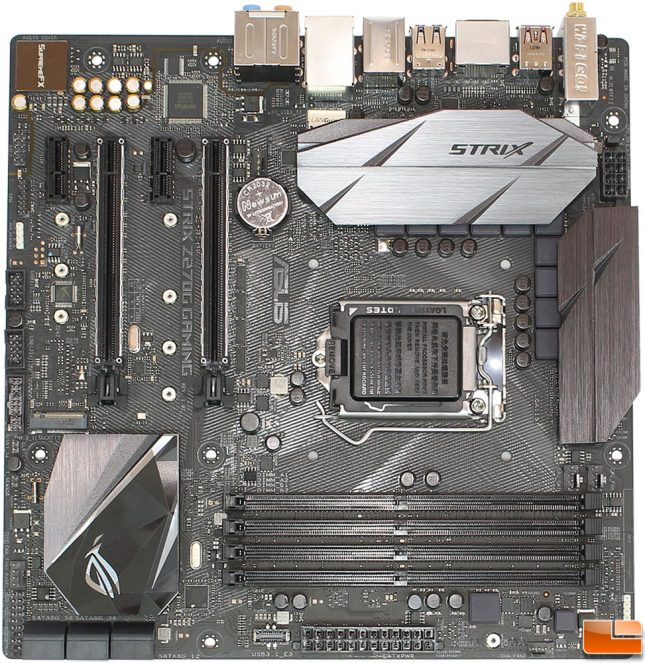
Like most of ASUS’s motherboards, the ROG STRIX Z270G Gaming has an overall black color scheme, with silver/grey highlights on several different components. Being a mATX motherboard 9.6 x 9.6 inches, compared to a standard ATX motherboard which is 12 x 9.6 inches. Typically, the main feature it lacks are additional SATA connections, M.2 slots and PCIe slots. The Z270G Gaming isn’t missing much as it is still capable of running dual GPU in CrossFireX or SLI in 8x / 8x mode, it’ll support up to six SATA 6Gb/s drives, and two M.2 drives. For the CPU, it supports both Skylake and Kaby Lake socket 1151 processors.
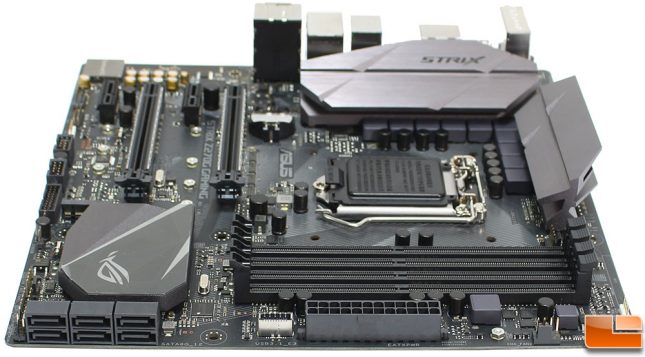
Any more it is very common for the SATA ports to be placed horizontally to the motherboard facing off the edge. This makes it easy to connect the cables and keep them clean without causing any interference with long GPU’s.
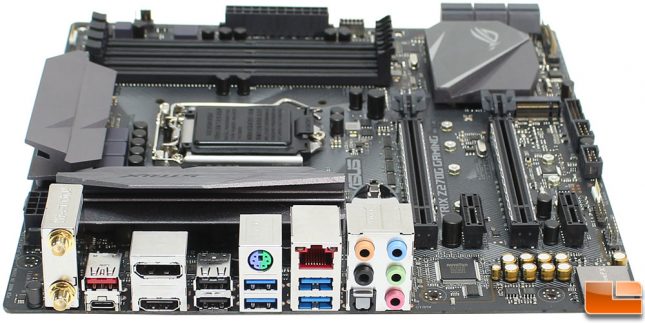
The rear I/O cluster has the standard connections, however many of them are in different locations. The first connection is the wireless 802.11 AC 2T2R connection. Next comes the USB 3.1 Gen 2 cluster featuring a Type-A and Type-C. Video connections are next with a DisplayPort 1.2 and a HDMI 1.4 output. Dual USB 2.0 ports follows the video ports. Then we find an old school PS/2 mouse/keyboard port with two USB 3.1 Gen 1 ports. The Intel I219V Ethernet port sits above two more USB 3.1 Gen 1 ports. Finally, we have the standard Audio Jack cluster with a single S/PDIF optical out.
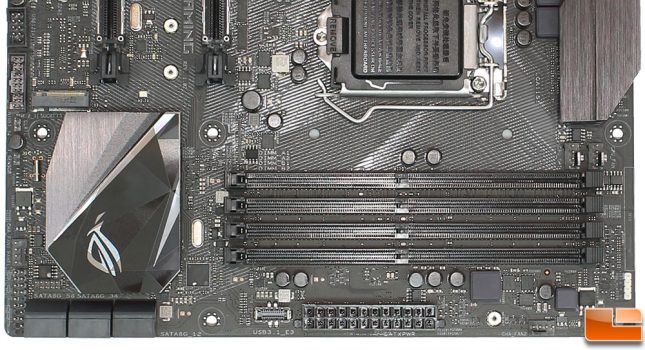
Along the bottom half of the motherboard we find the usual items. The majority of this area is taken up by the four standard DDR4 slots, which supports up to 64GB of memory at 4266MHz. To the top right of the DDR4 slots are two fan headers, while a third is found under the DDR4 slots. To the left of the 24-pin ATX power connection is a front panel USB 3.1 Gen 2 header; this is the first time I have personally seen this connector, and unfortunately have nothing that connects to it. The Intel Z270 PCH takes up the majority of the rest of the space, and has a brushed metallic finish, with a RGB LED behind the cover. Along the left edge of the motherboard are the usual headers, front panel (no ASUS Q-Connector is included though), another fan header, thermal sensor header, a clear RTC RAM jumper, and finally a USB 3.1 Gen 1 internal connector. That’s pretty much all to see on the bottom half.
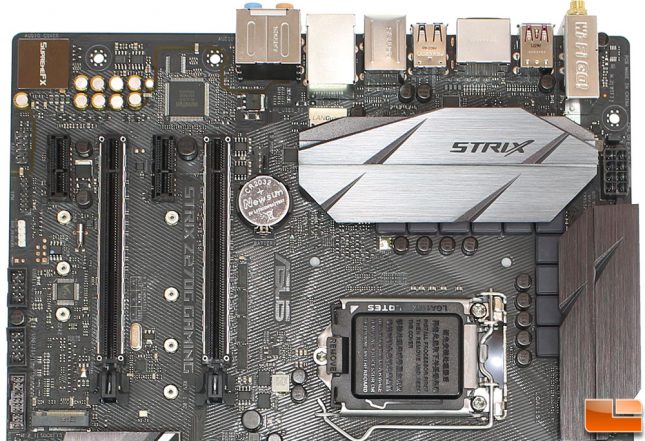
The top half there is even less going on. On the right half is the CPU socket, surrounded by the standard MOSFET’s, chokes and capacitors. The MOSFET’s have two large passive heatsinks to help keep them cool. To the top right of the heatsinks is the standard 8-pin AUX motherboard power connector along with the CPU Overvoltage jumper, should you want to get really crazy voltages to the CPU. On the left section are the standard PCIe slots, with two x16 and two x1 slots. The first x16 PCIe slot will run your GPU in x16 speed, but drops down to 8x mode if you are running dual GPU’s. To the right of the first PCIe slots is a water pump header if you are running a liquid cooling solution; otherwise you have an additional fan header. To the left of the 2nd PCIe x16 slot is the first M.2 slot, which supports up to 2280 M.2 drives. Along the edge we find a range of headers, starting with the USB 3.1 Gen 1 header next to the M.2 slot. Next are two USB 2.0 headers, followed by a RGB LED header, a TPM and front panel audio connections.
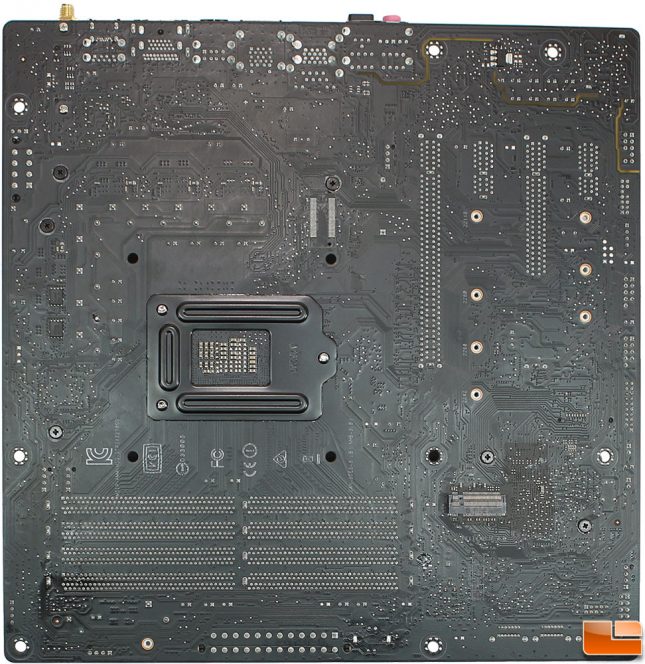
Usually the back of the motherboard is pretty boring, just a bunch of solder ports and the CPU support backplate. ASUS has installed a second M.2 slot on the back side, and is compatible with 22110 M.2 drives.
Now that we are done with the grand tour around the ASUS STRIX Z270G Gaming motherboard, let’s get it installed onto the test bench and get to looking at the UEFI and included software before doing some benchmarks.
